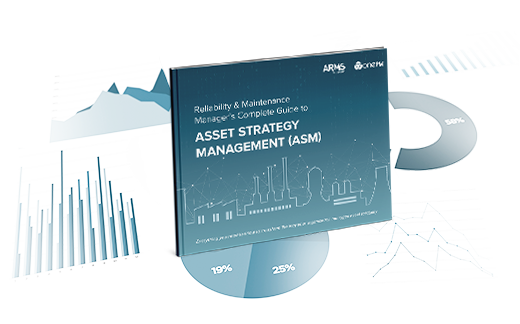If you are plagued with unexpected failures or assets that aren’t delivering the required performance levels, it's likely that your reliability strategy is being modified without the correct oversight, leading to high costs, and higher risks of failure.
It's typical that over time, constant changes in your reliability strategies have been made by several resources and if you conducted a review you couldn’t determine why the change was made or see the evidence of the justification. There is unlikely to be a sound link between the tasks you are executing and the equipment failures you're trying to prevent.
Someone in your business may think they are “closing the loop” with these changes. However, if changes are not a result of appropriately structured decisions, made on reliability first principles, it is rare they will make any improvement. This is true even if those changes are based on an over-arching reliability management document or information contained in your Asset Management Strategy. That’s because these documents are typically high-level, conceptual models that are rarely implemented or practically effective.
What you need is an Asset Strategy Management (ASM) process because, without one, what tends to happen is that things fail (and keep failing) and your focus and effort is directed to Root Cause Analysis. You also get stuck in this cycle until a significant loss in performance or overrun on costs.
When these triggers occur, it’s an indication that your asset strategies are out of control and need to be reviewed. Unfortunately, the typical response is to initiate a reliability strategy review project. This creates the project paradigm associated with reliability strategy work: projects are carried out, new strategies are entered into the EAM system, and then immediately begin to deteriorate.
There are several reasons strategies deteriorate over time, including:
- Changes to master data which are made with good intent, but without appropriate reliability analysis and oversight. These changes are not only ineffective but can create risk of increased costs
- Failure to adjust strategy in response to change in operational context. For example, there may be an increase in duty or change in raw materials, but the strategy remains the same
The deterioration means that, at some point in the future, the business will again be plagued with underperformance and/or cost overruns and, once again, it will initiate a reliability project. It is an all too common pattern and in almost all organizations, you can look back through the last decade and pinpoint multiple projects aimed at reviewing or optimizing reliability strategies.
The problem is that many have come to accept reliability improvement should be project-driven when projects are actually a costly, inefficient method of addressing reliability problems.
If you have the correct ASM process in place, you will never need to conduct a reliability strategy review “project”.
Instead, the ASM process ensures that reliability strategies are managed over time with ongoing alignment to cost and risk drivers as well as current operational context.
Process-driven reliability also supports the building of culture, because reliability decision making becomes an element of the business as usual environment – not a periodic, flavor of the month project.
More to the point, organizations stand to realize enormous gains in cost control, improved risk management and improved performance, all through changing their approach to reliability, from being project-driven to an embedded ASM process.


